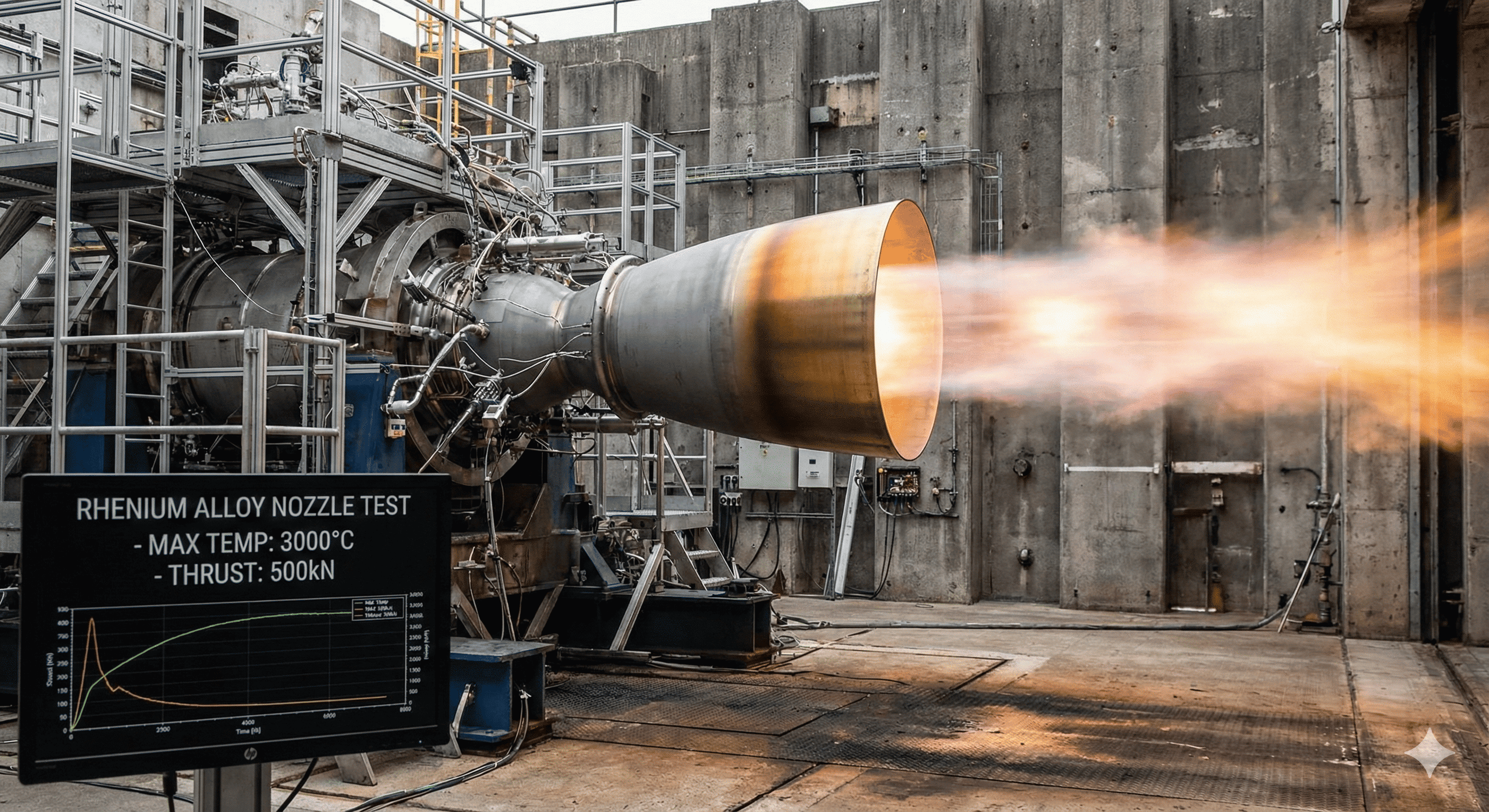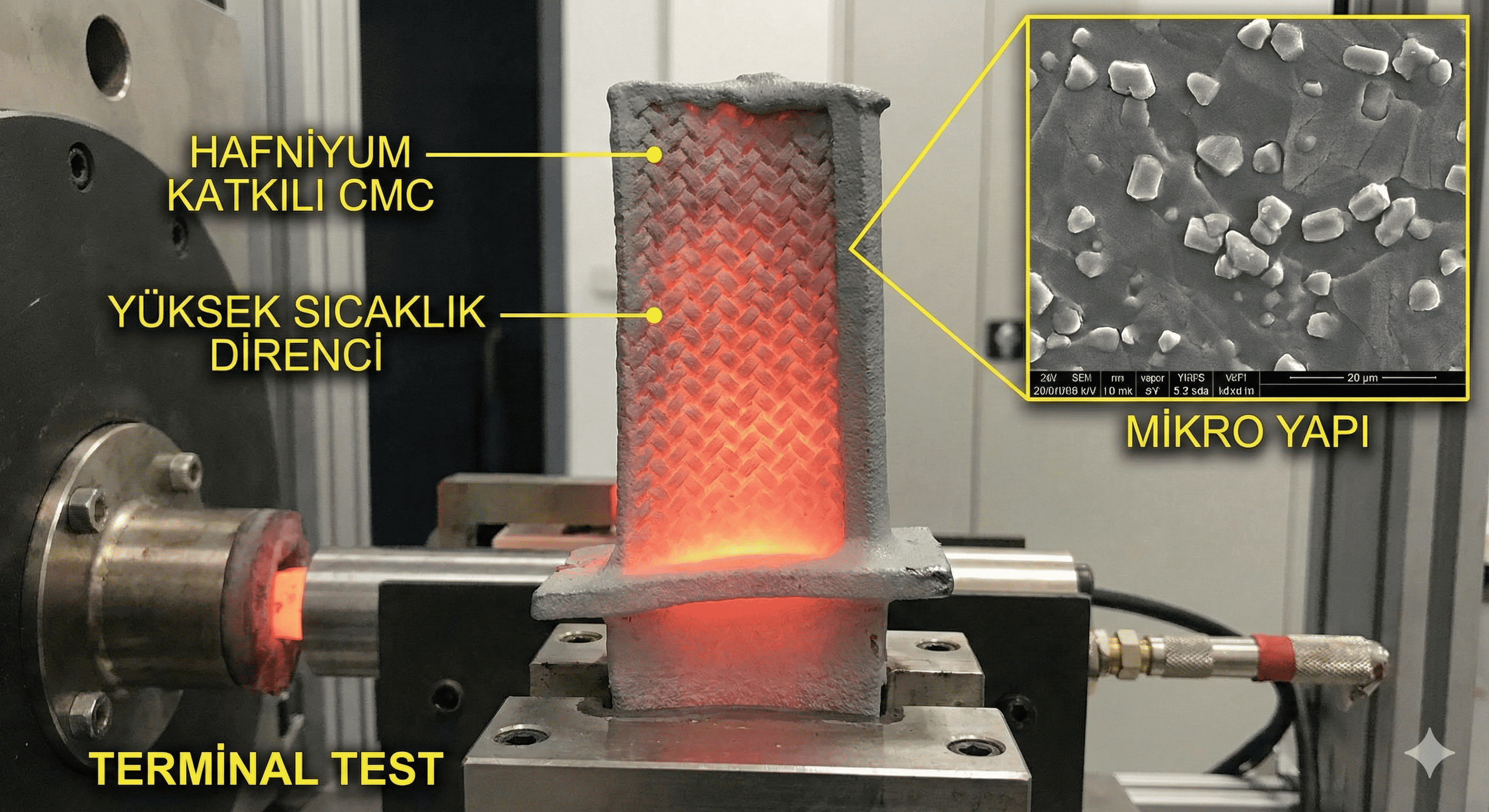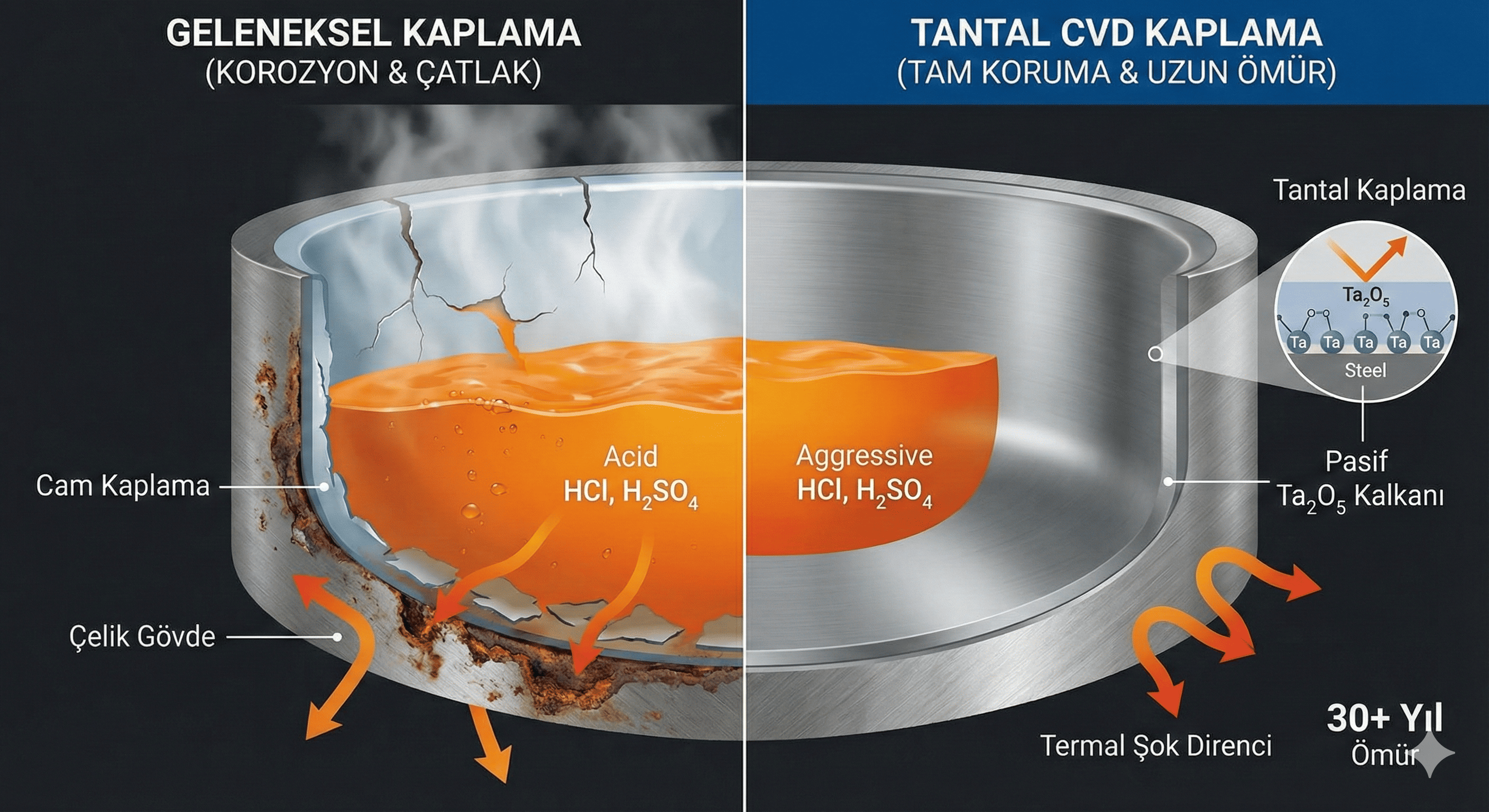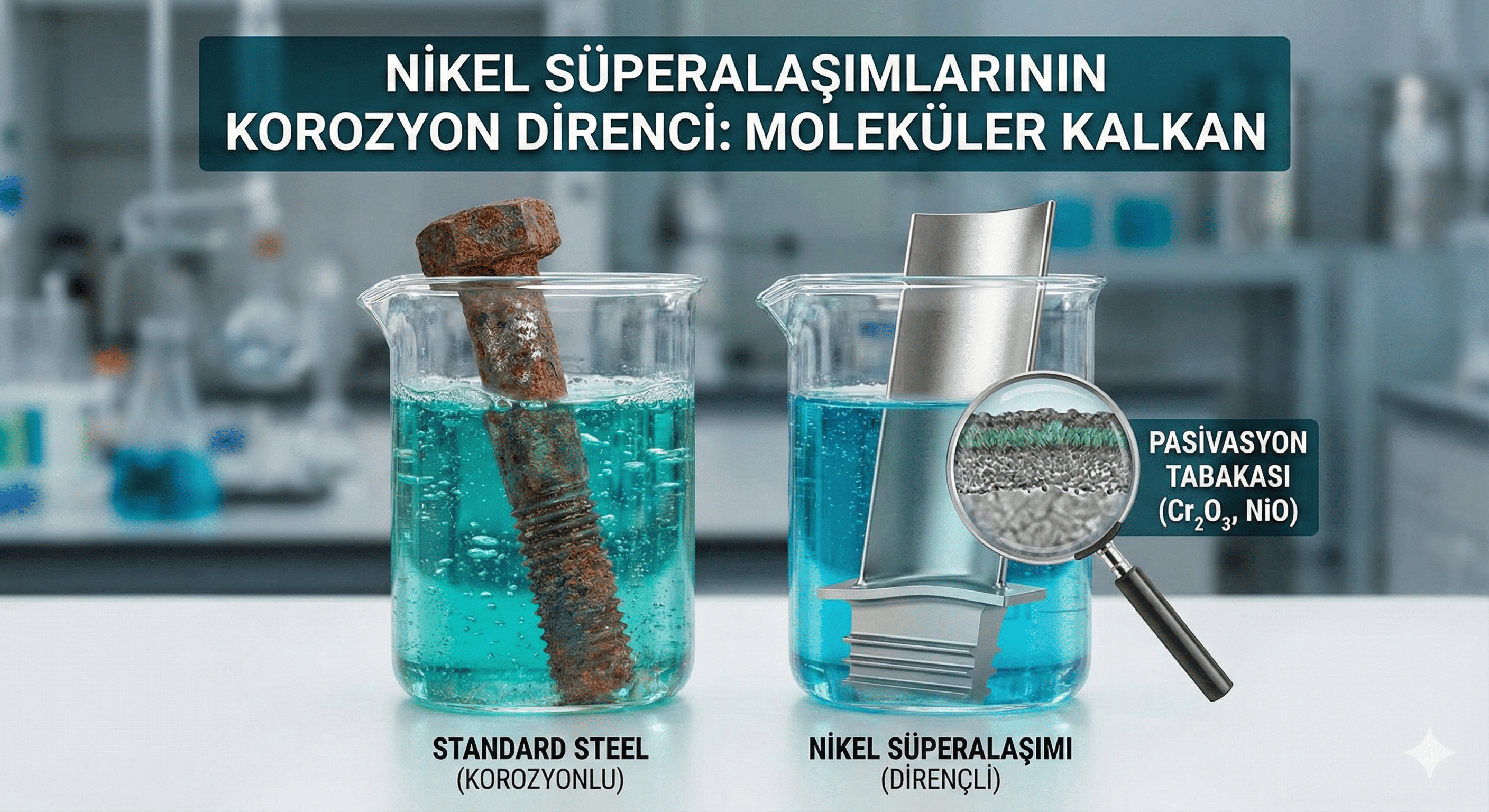Magnesium oxide (MgO) nanoparticles are a promising material due to their unique physical and chemical properties, which offer advantages in a range of applications from catalysis to environmental remediation. This article reviews the synthesis methods, structural and functional properties, and diverse applications of MgO nanoparticles. The challenges associated with their production and use are discussed, along with potential future research directions.
1. Introduction
1.1. Overview of Magnesium Oxide Nanoparticles
- Definition and general characteristics of MgO nanoparticles.
- Historical development and importance of MgO in materials science.
1.2. Significance in Nanotechnology
- Unique properties of MgO nanoparticles compared to bulk MgO.
- Overview of potential applications driven by these properties.
1.3. Objectives of the Article
- To provide an overview of the synthesis methods, properties, and applications of MgO nanoparticles.
- To identify challenges and propose directions for future research.
2. Synthesis of Magnesium Oxide Nanoparticles
2.1. Chemical Precipitation
- Description of the chemical precipitation method for synthesizing MgO nanoparticles.
- Key parameters: precursor concentration, pH, and temperature.
2.2. Sol-Gel Method
- Overview of the sol-gel technique for preparing MgO nanoparticles.
- Steps involved: sol formation, gelation, drying, and calcination.
2.3. Hydrothermal and Solvothermal Methods
- Explanation of hydrothermal and solvothermal synthesis.
- Influence of pressure, temperature, and solvents on particle size and morphology.
2.4. Co-Precipitation Method
- Use of co-precipitation to produce MgO nanoparticles.
- Factors affecting the process, such as reagent concentration and pH.
2.5. Other Methods
- Brief discussion of alternative methods such as microwave-assisted synthesis and combustion synthesis.
3. Properties of Magnesium Oxide Nanoparticles
3.1. Structural Properties
- Crystallinity, particle size, and morphology of MgO nanoparticles.
- Characterization techniques: X-ray diffraction (XRD), scanning electron microscopy (SEM), and transmission electron microscopy (TEM).
3.2. Optical Properties
- Optical absorption and photoluminescence characteristics.
- Applications in optical devices and sensors.
3.3. Electrical Properties
- Electrical conductivity and dielectric properties.
- Comparison with bulk MgO and implications for electronic applications.
3.4. Thermal Properties
- Thermal stability and behavior under various temperatures.
- Applications in high-temperature environments.
3.5. Chemical Properties
- Reactivity and catalytic behavior.
- Interaction with other materials and environmental stability.
4. Applications of Magnesium Oxide Nanoparticles
4.1. Catalysis
- Use in catalytic processes such as hydrogenation, oxidation, and environmental remediation.
- Role in industrial and green chemistry applications.
4.2. Environmental Remediation
- Application in wastewater treatment and pollutant removal.
- Use in capturing CO² and other greenhouse gases.
4.3. Electronics and Semiconductors
- Use in dielectric materials, insulators, and electronic devices.
- Role in improving device performance and stability.
4.4. Energy Storage and Conversion
- Potential use in energy storage systems, including batteries and supercapacitors.
- Role in energy conversion technologies such as fuel cells.
4.5. Biomedical Applications
- Potential use in drug delivery systems, imaging, and as antimicrobial agents.
- Evaluation of biocompatibility and safety.
5. Challenges and Limitations
5.1. Synthesis Challenges
- Difficulties in achieving uniform particle size and high purity.
- Scalability and reproducibility of synthesis methods.
5.2. Stability and Reactivity
- Stability of MgO nanoparticles under various environmental conditions.
- Methods for enhancing stability and controlling reactivity.
5.3. Cost and Environmental Impact
- Economic considerations of production and use.
- Environmental impact and strategies for minimizing ecological footprint.
5.4. Regulatory and Safety Concerns
- Compliance with regulations governing the use of nanomaterials.
- Safety protocols for handling and disposal of nanoparticles.
6. Future Directions
6.1. Advancements in Synthesis Techniques
- Innovations to improve control over particle size, morphology, and properties.
- Exploration of new synthesis methods and materials.
6.2. Enhancement of Properties
- Research on improving the optical, electrical, and catalytic properties of MgO nanoparticles.
- Development of composite materials and doping strategies.
6.3. Integration with Emerging Technologies
- Potential integration with new energy storage and conversion technologies.
- Exploration of hybrid systems combining MgO with other materials.
6.4. Interdisciplinary Collaboration
- Importance of collaboration between chemists, materials scientists, and engineers.
- Examples of successful interdisciplinary projects and research.
7. Conclusion
7.1. Summary of Key Findings
- Recap of synthesis methods, properties, and applications of MgO nanoparticles.
7.2. Impact on Technology and Science
- Overall significance of MgO nanoparticles in advancing various fields.
7.3. Final Thoughts
- Reflection on the future potential and ongoing research in MgO nanoparticles.
8. References
- Comprehensive list of scientific papers, reviews, and sources cited in the article.
This framework provides a detailed overview of magnesium oxide nanoparticles. If you need more specific information, case studies, or additional sections, please let me know!





